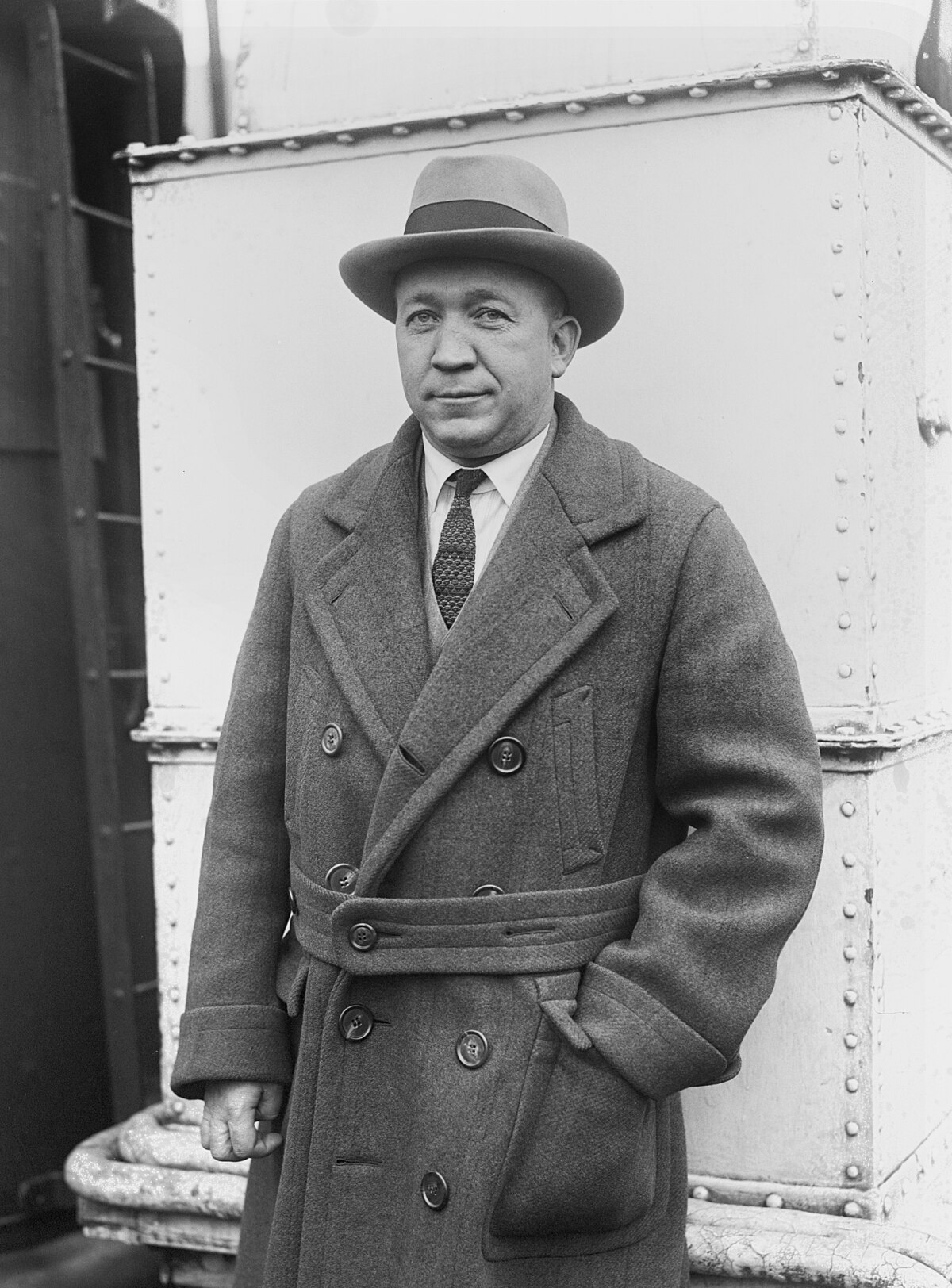OP
VAsunshine
Freshman Member
Offline
Hi everyone! I have been asked by a friend to repair his glovebox from a 1969 Sunbeam Alpine coupe. I have never even seen that car and know nothing about it other that what's obvious in the photos. It has a peeling veneer problem.
I'm a professional woodworker and have enough experience with glues and repairs to know that simply adding glue of the wrong type to a failed glue joint is a recipe for failure again. My hope is that British makers were tradition bound enough into the late 60s to still be using hide glue for veneering their woodwork.
Does anyone here have actual knowledge of typical factory/workshop practice among automotive woodworkers in England circa late 60s?
What sort of glues were used?
I know that a number of synthetic adhesives were developed for the aircraft industry during WWII and I'm afraid that post war industry took them up in general.
This appears to be finished in old, possibly original, nitrocellulose lacquer and it's miraculously flawless with the exception of the lengthwise crack. The delaminated areas do press back together nearly perfectly and the best of all possible worlds would be to not have to do any finish work at all. Moisture behind the finish is likely to cloud it a bit, but that can be fixed.
Hide glue offers numerous advantages when it comes to cleanup of whatever squeeze out ends up on the surface after drying, but it's not going to be the right choice if the original glue was Cascamite or a 2 part urea formaldehyde glue. A PVA glue like Titebond almost certainly was NOT used. Hide glue may well have been used for the veneer and has a very long tradition behind it.
If anyone has actual experience with a similar situation with long term observation of the result afterwards, I'd certainly appreciate tips on what approach was taken. Most of what I've seen on YouTube etc. might looks sort of good in the video, but seems destined to fail with a few years of real world use.


I'm a professional woodworker and have enough experience with glues and repairs to know that simply adding glue of the wrong type to a failed glue joint is a recipe for failure again. My hope is that British makers were tradition bound enough into the late 60s to still be using hide glue for veneering their woodwork.
Does anyone here have actual knowledge of typical factory/workshop practice among automotive woodworkers in England circa late 60s?
What sort of glues were used?
I know that a number of synthetic adhesives were developed for the aircraft industry during WWII and I'm afraid that post war industry took them up in general.
This appears to be finished in old, possibly original, nitrocellulose lacquer and it's miraculously flawless with the exception of the lengthwise crack. The delaminated areas do press back together nearly perfectly and the best of all possible worlds would be to not have to do any finish work at all. Moisture behind the finish is likely to cloud it a bit, but that can be fixed.
Hide glue offers numerous advantages when it comes to cleanup of whatever squeeze out ends up on the surface after drying, but it's not going to be the right choice if the original glue was Cascamite or a 2 part urea formaldehyde glue. A PVA glue like Titebond almost certainly was NOT used. Hide glue may well have been used for the veneer and has a very long tradition behind it.
If anyone has actual experience with a similar situation with long term observation of the result afterwards, I'd certainly appreciate tips on what approach was taken. Most of what I've seen on YouTube etc. might looks sort of good in the video, but seems destined to fail with a few years of real world use.

 Hey there Guest!
Hey there Guest!
 smilie in place of the real @
smilie in place of the real @
 Pretty Please - add it to our Events forum(s) and add to the calendar! >>
Pretty Please - add it to our Events forum(s) and add to the calendar! >> 





 A friendly reminder - be careful what links you click on here. If a link is posted by someone you don't know, or the URL looks fishy, DON'T CLICK. Spammers sometimes post links that lead to sites that can infect your computer, so be mindful what you click.
A friendly reminder - be careful what links you click on here. If a link is posted by someone you don't know, or the URL looks fishy, DON'T CLICK. Spammers sometimes post links that lead to sites that can infect your computer, so be mindful what you click.